Microplastics are not just environmental buzzwords; they are a global crisis hidden in plain sight. These tiny particles, less than 5 millimeters in size, originate from larger plastic debris that deteriorates into smaller fragments.
From packaging materials to clothing fibers, microplastics have infiltrated every corner of our planet, from the deepest oceans to the highest mountains — and now, alarmingly, into our bodies. Their small size allows them to bypass natural barriers, leading to potential health risks that we are just beginning to understand.
The Hidden Invaders

The invasion of microplastics is more extensive than most of us realize. Recent studies have uncovered these minuscule invaders in remote and surprising locations: from the icy depths of the Mariana Trench to the secluded interiors of Missouri’s Cliff Cave.
Their presence is not restricted to the environment, though. Microplastics have been detected in human breast milk, highlighting their penetration into even the most intimate aspects of human life, underscoring the pervasive nature of plastic pollution (via The Guardian).
A Landmark Study
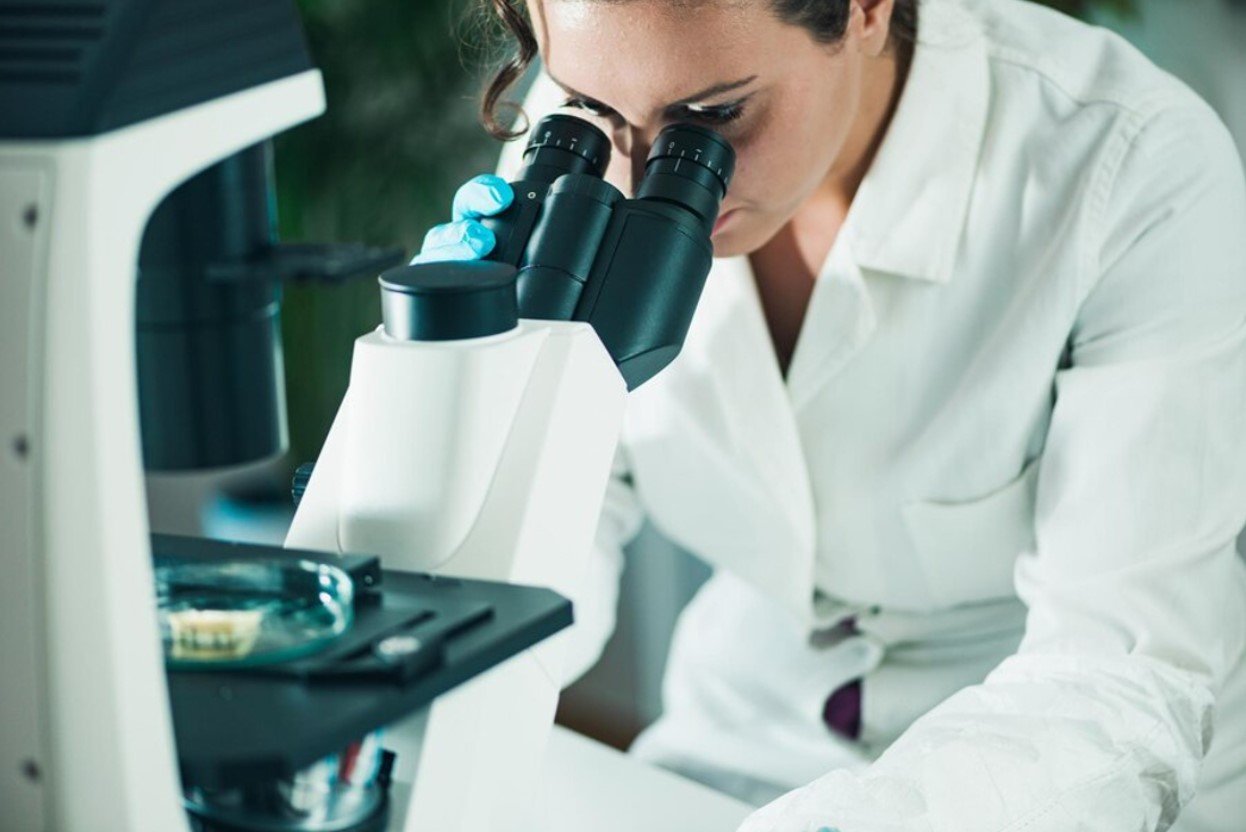
In a pivotal moment for medical research, a recent study published in The New England Journal of Medicine has revealed a startling connection between microplastics and cardiovascular disease.
Researchers found microplastic particles embedded in human arterial plaque. This discovery is a significant step forward in understanding the implications of microplastics on human health, suggesting a direct link to increased risks of heart attack, stroke, and even death.
The Study’s Major Findings

Conducted by Dr. Raffaele Marfella, a professor in the Department of Advanced Medical and Surgical Sciences at the University of Campania Luigi Vanvitelli, this groundbreaking study’s findings are cause for concern: 60% of the examined patients had microplastic contaminants within their arterial plaque (via Medical News Today).
This contamination was significantly associated with a higher incidence of serious cardiovascular events. Individuals with microplastics in their arterial systems were found to be 4.5 times more likely to suffer from heart attacks, strokes, or related fatalities compared to those free from such pollutants.
Understanding the Connection
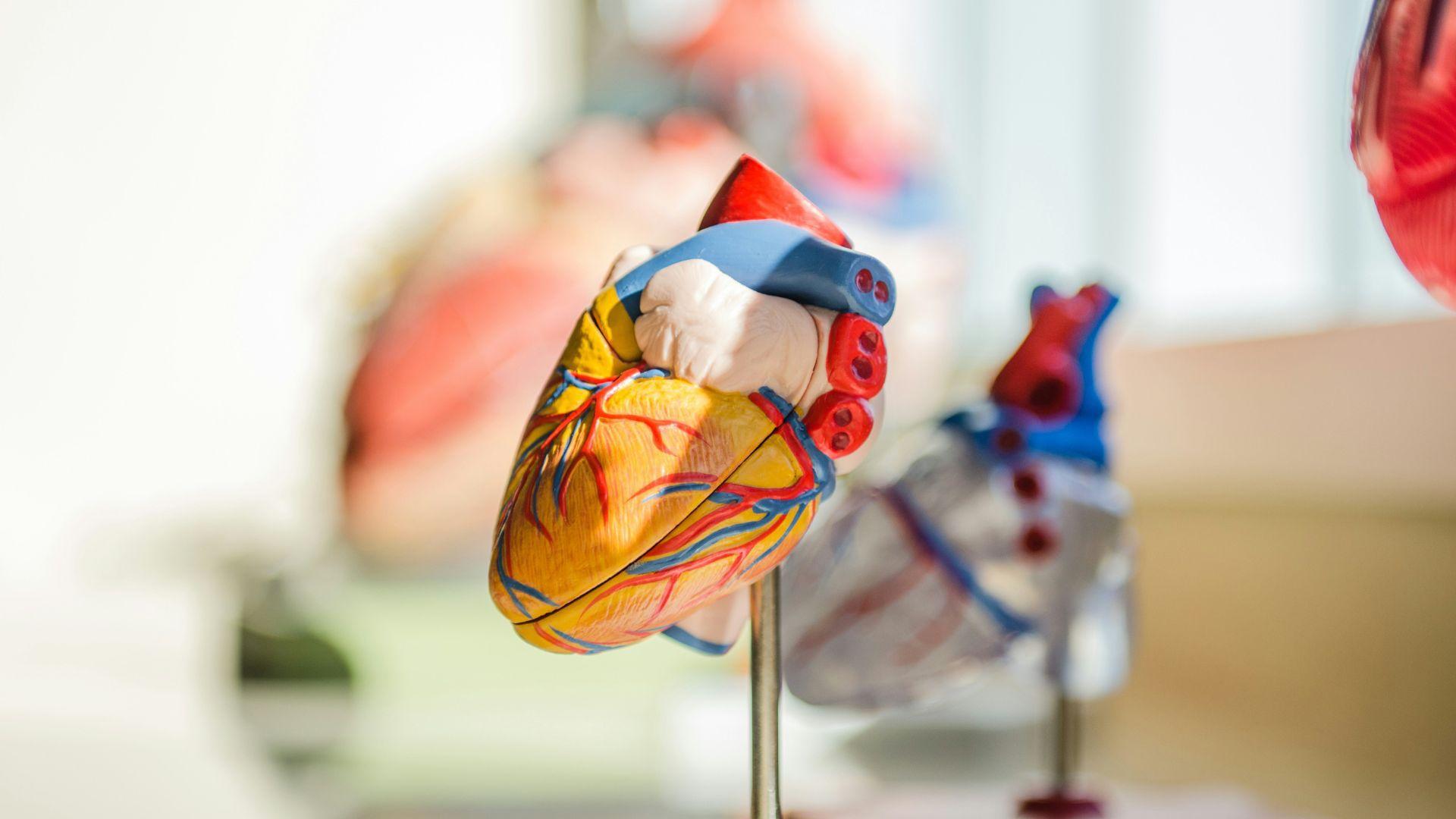
How do these microscopic particles end up in our arteries? The journey of microplastics from everyday objects to our circulatory system is a complex process, facilitated by their constant presence in our daily lives.
Whether through ingestion, inhalation, or absorption, these particles can traverse into human bodies, leading to inflammation and other adverse health effects, which may contribute to the formation and worsening of atherosclerotic plaque.
Plastics Everywhere

The study spotlighted two types of plastics: polyethylene and polyvinyl chloride, found abundantly in our daily lives from water bottles to building materials.
Their widespread use and disposal contribute to environmental microplastic pollution and, subsequently, to the particles found in human arterial plaque, emphasizing the direct link between our consumption habits and our health (via the U.N. Environment Program).
The Risk Multiplies

Patients bearing the burden of microplastics within their arteries face a dire prognosis. The risk of severe cardiovascular events skyrockets by 4.5 times, illustrating a clear and present danger to public health.
This association between microplastics and heart disease marks a critical point of concern, warranting immediate attention and action.
Voices from the Field
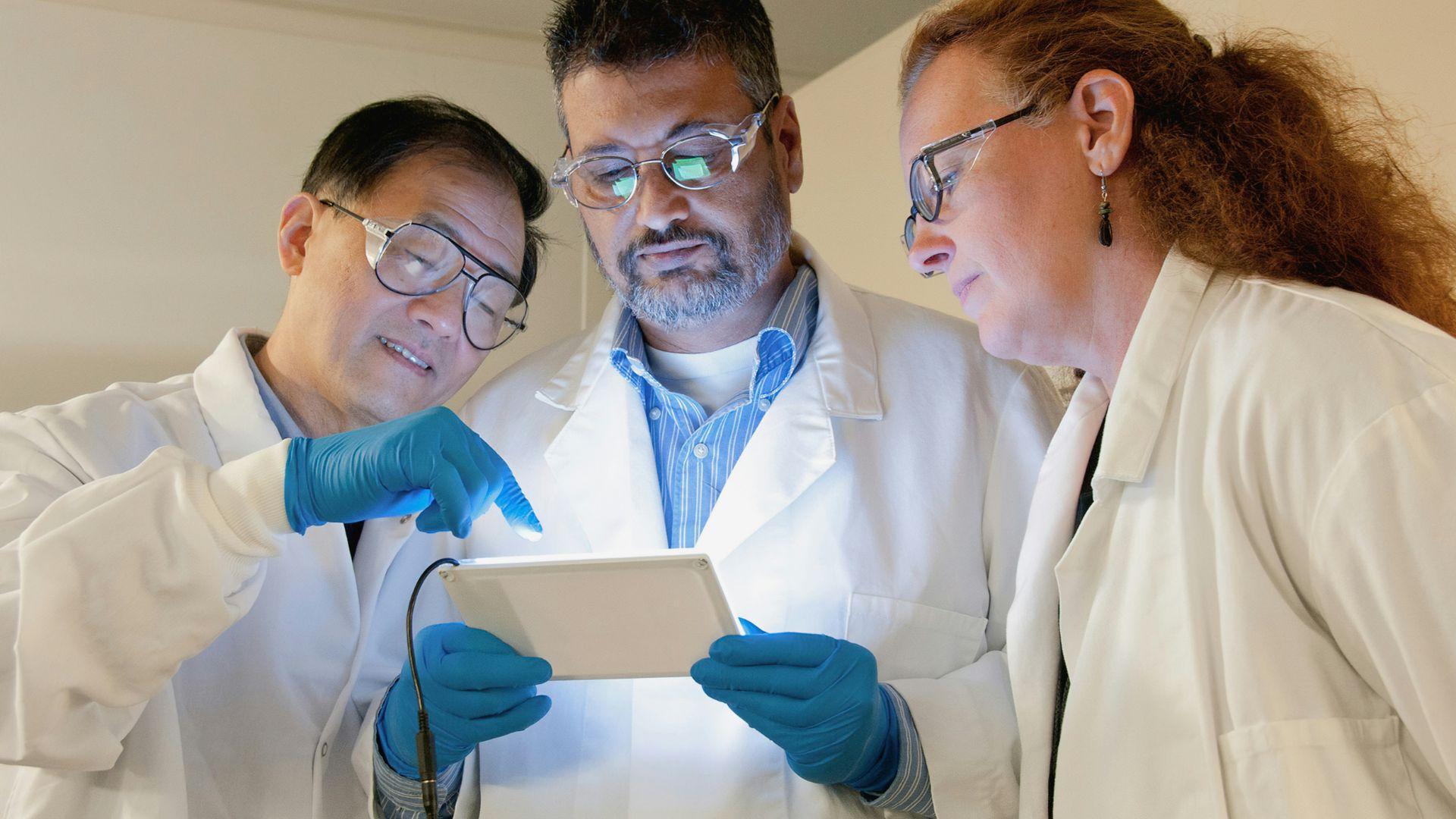
Experts like Dr. Rick Ferraro and Dr. Raffaele Marfella express profound concern over these findings (via Healthline). Ferraro sees this as “a wake-up call,” a signal that our environment’s health directly impacts our own.
Marfella’s involvement in the study highlights the novelty and significance of linking microplastics to adverse cardiac outcomes, emphasizing the urgent need for further research in this field.
Broader Implications

The implications of microplastics on human health extend beyond cardiovascular disease. As these particles invade more of our biological systems, researchers are prompted to question what other aspects of our health might be compromised.
The widespread presence of microplastics necessitates a broader understanding and an urgent investigation into their long-term effects on human physiology.
Addressing the Issue
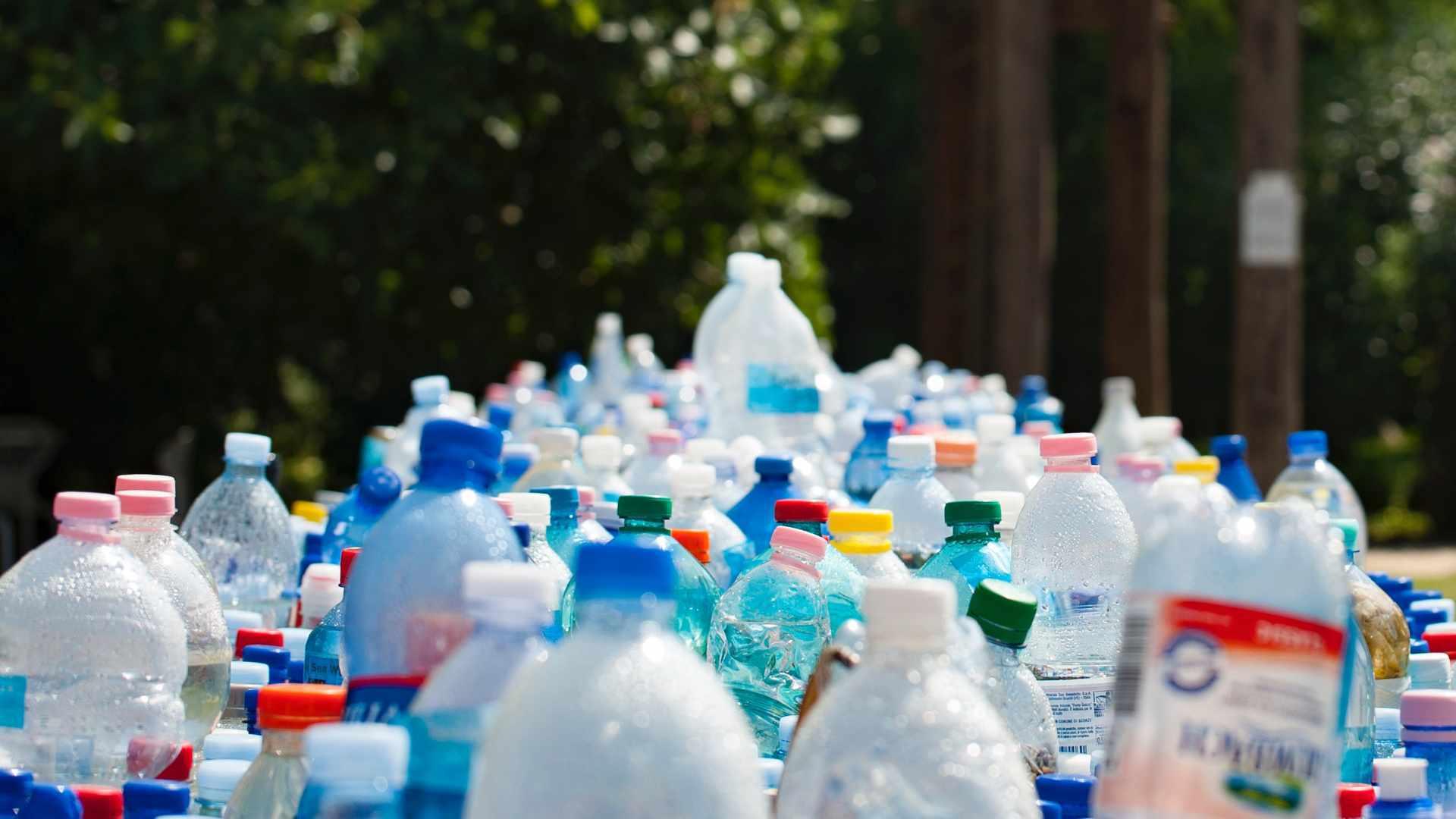
Public awareness and behavior change are critical in reducing the flow of plastics into our environment and, consequently, our bodies.
Scientific American suggests that we avoid single-use plastics like bags, bottles, and straws. Better recycling programs will also help.
The Call for More Research
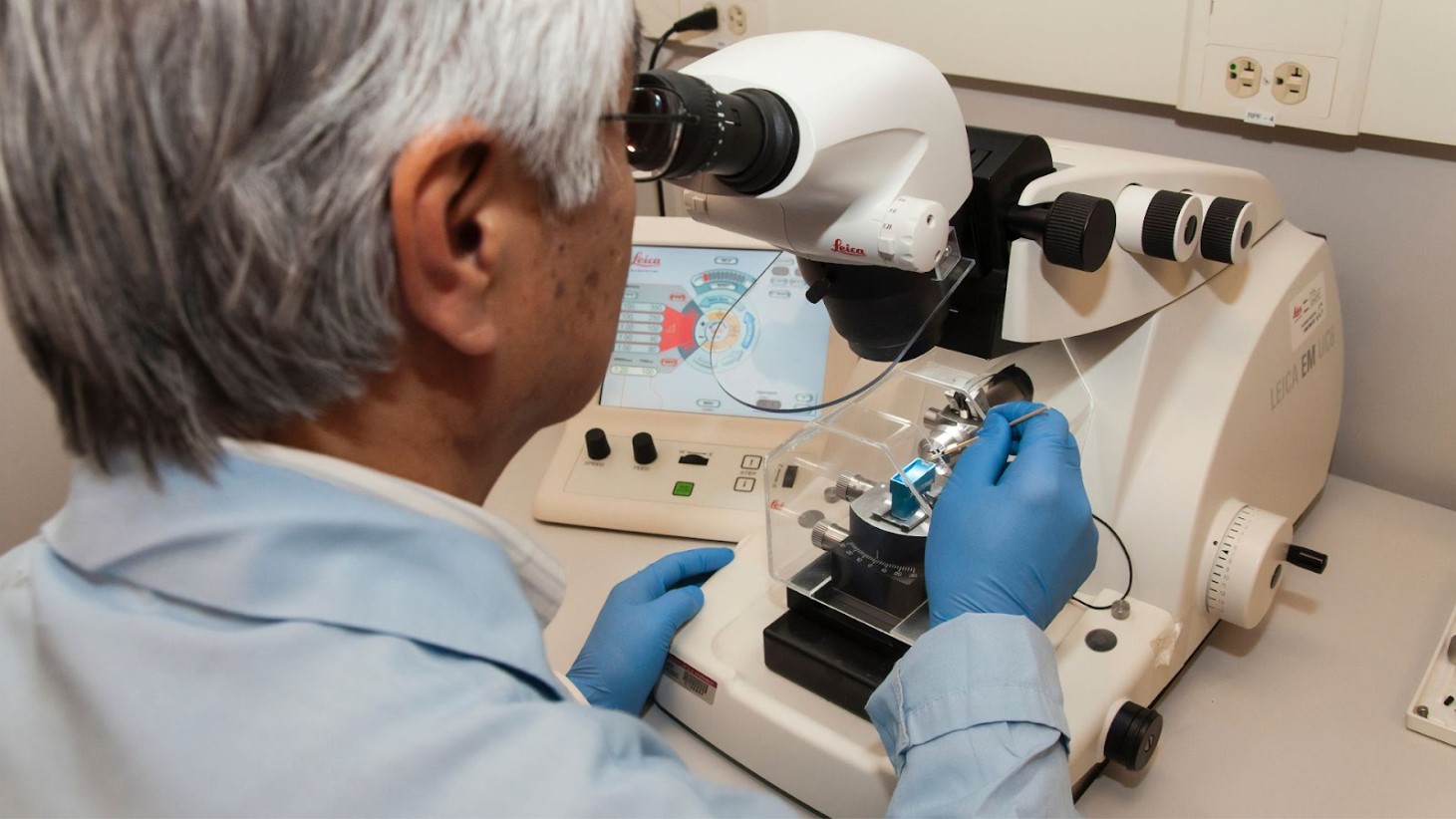
The consensus among experts is clear: There is a dire need for more extensive and diverse research (via Healthline).
Understanding the full scope of microplastics’ impact on human health demands large-scale, wide-ranging studies across various demographics and geographical locations. Only through comprehensive research can we unravel the full extent of the risks posed by microplastics.
Protecting the Planet and Our Bodies

The discovery of microplastics in human arterial plaque is an unsettling reminder of our intertwined lives with the natural environment.
As we navigate this emerging health crisis, it’s becoming increasingly clear that the fight against plastic pollution is not just about preserving the planet but about safeguarding our own health and future.








































